On Nov 7th, 2013 I walked into the speakers lounge at the Growth Hacker Conference and met Andy Johns (@ibringtraffic) for the first time.
Andy worked on growth teams at Facebook, Twitter, Quora and now was at WealthFront.
He’s one of the “Original Gangsters” (OG’s) in the growth space – just read his Quora answers to get an idea of the quality of his thinking.
Even though I’d been following his work for a few years online, we had never met in person.
After we got introduced I asked him what he was going to talk about.
He shared that he was a bit nervous because he doesn’t really give talks very often, but he started sharing the overview and his philosophy on growth… I knew he was going to kill it.
I then asked him how he approaches growth at a tactical level…
He paused for a moment and passionately went into a story about how startup growth works very much like financial investing.
He said “I look at growth much like I look at the power of compounding interest on an investment. The key is to choose the investments that have the biggest returns possible over time. Then prioritize your capital (start-up resources) on the ones that will have the biggest impact over time to the overall portfolio.”
“Could you draw me an outline for how you assess each opportunity?” I asked.
And that’s when I witnessed one of the most elegant and simplest solutions to helping you decide what you should be working on now vs. later when it comes to growing your startup.
What he sketched out – and his overall philosophy – is that startups don’t have one “hack” (p.s. he doesn’t like that term any more than I do)…
… instead they execute on a number of projects that keep adding to the overall increase in growth which gets compounded each year as you get more traffic.
Here’s how I understood it..
All things being equal (ex: effort), let’s say you have 2 growth projects you could work on.
1) Improve your home page conversions, or
2) Add a social share prompt after a user takes an action
What Andy suggests is rank them in order based on which would have the biggest impact to driving more users to the product.
(Side note: Strategy definitely plays a role in this but it’s outside the scope of this topic)
So in this scenario, if you have a home page that gets 100 visitors a day converting at 10%, and you worked to improve that to 15%, you would get an additional 5 users per day for the lifetime of the product.
If you looked at the social share prompt, let’s say only 3 of the people per day that signup will ever share that information on social media, and from that share only 1 new person ends up signing up for the product, the growth is 1 person per day.
So which would you work on first?
The first one right? Exactly.
Exclusive Bonus: Click here to get a free bonus video where I share 3 key types of content to use to grow your business.
This is a simplified example but it gives you the gist of what Andy was trying to explain.
If you list out ALL the possible ideas for improving your growth, and you stack them based on specific variables of growth it’s easy to rank them to decide which you should do now vs. later.
Up until that point, most of my initiatives were driven by gut and intuition and in one quick 10 minute conversation with Andy, he showed me a way to not only reduce waste (by building things in the wrong order) but also by empowering my team to do it on their own!
In some many ways… it’s actually my strategy for building a company overall.
It’s about choosing the RIGHT ideas today and putting others off for later.
Management is doing things right; leadership is doing the right things
~ Peter Drucker
That’s why I created this framework and call it Growth Stacking.
Visually, it makes sense in my mind.
Right time, right action, eh? (Yes, I’m Canadian).
What I’m going to share below is how I’ve incorporated this missing piece into the way I identify the right projects for a startup and prioritize them for growth.
The goal is to build a product that grows on it’s own and increases the degree of growth with each completed project.
Sources: Conducting An Audit Of Growth Opportunities In Your Product
This is a no brainer. It’s about reviewing all your current sources of traffic and seeing which performs best.
The overall philosophy is that you want to identify the right sources of traffic for your customer so that you can build the right product hooks to increase that qualified traffic.
People, Tools and Places
Here are the questions I ask founders…
- 1) Who are your ideal customers (People)?
- 2) What tools do they use or services they pay for (Tools)?
- 3) What events do they attend or online communities do they participate in? (Places)
If you can answer those questions and back em’ up with data then you’ll start to identify the “pools” of attention you can tap into to get your product noticed.
As an example, when we were working on a browser extension for Clarity – so that you can search for experts alongside Google results – we discovered that users who loved this feature also used Evernote as a browser extension.
So what could we have done?
We could’ve marketed ONLY to our customers via Facebook (using Custom Audiences) AND were fans of Evernote to promote that feature and get the most installs.
Another famous example of this is Airbnb.
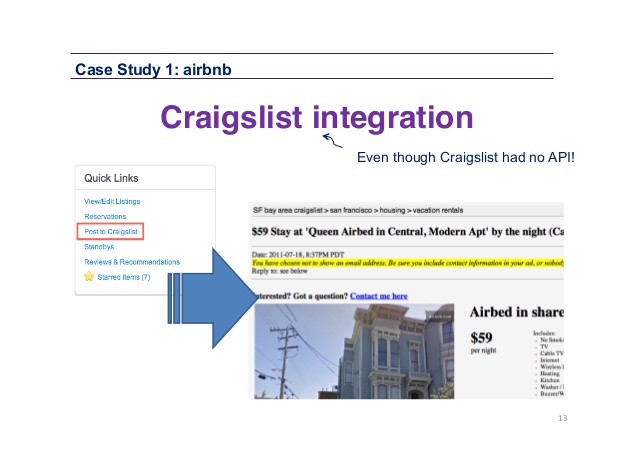
They built a custom integration that allowed their Hosts to publish their listings to craigslist because they knew that their customers almost exclusively used craigslist to market their listings in the past.
Asking your users those questions will uncover some cool ideas to build product features to help your product grow.
If you’re in the unfortunate position to not have much traffic then there’s still hope… I’m going to walk you though an exercise I use to help companies identify their opportunities of growth:
Flows, Events & Actions:
This is a fun exercise.
What you do is make a list of all the flows in your product (ex: User Signs Up, Customer Pays for Account, etc) and then outline each step in that flow.
Once you’ve got that, add some quick thoughts on the ones where you could add some kind of “share” prompt to ask the user to introduce your product to a friend.
Example:
– Applying to Become an Expert
– Application accepted: Prompt to share on Twitter
Here’s a completed list for 2 flows within Clarity:
Applying to Become an Expert
– Filling out profile
– Connecting social accounts: Notify Friends
– “Verifying” social profiles
– Importing Reviews: Notify via LinkedIn to verify on Clarity
– Referrals: Invite to confirm
– Application submit: They want to share
– Application accepted: Prompt to share on Twitter
Completing Their Profile
– Creating Areas of Expertise
– Installing website widget
– Promoting their VIP link to build reputation
– Promoting their profile on Social Media
Your goal is to create a complete audit of flows and events to review with your team. Try and identify as many opportunities to build out your product features for growth.
Once you have that, then you can sort them into a few categories.
Sort: How To Organize Your Ideas Into Buckets of Growth
Now that you have an audit of all the traffic sources, flows and events you can start thinking through ways to ask you users to share your product with others.
I call these “Share Actions.”
What I’ve discovered is that most actions can be put in one of two buckets.
1) Other People’s Networks
Think about the online communities where your customers spend time – that’s why it’s called Other People’s Networks (OPN). The goal is to leverage other communities (or networks) to insert your product into it and hopefully have their members see it, and click through to learn more.
The Airbnb example above is a great example – anyone seeing a listing on craigslist could click through to Airbnb site and learn more.
Another example would be how YouTube provided a video embed script (image below) so that their users could embed video on MySpace.. essentially sucking a lot of traffic from MySpace.
We used this strategy at Clarity with expert profile widgets.
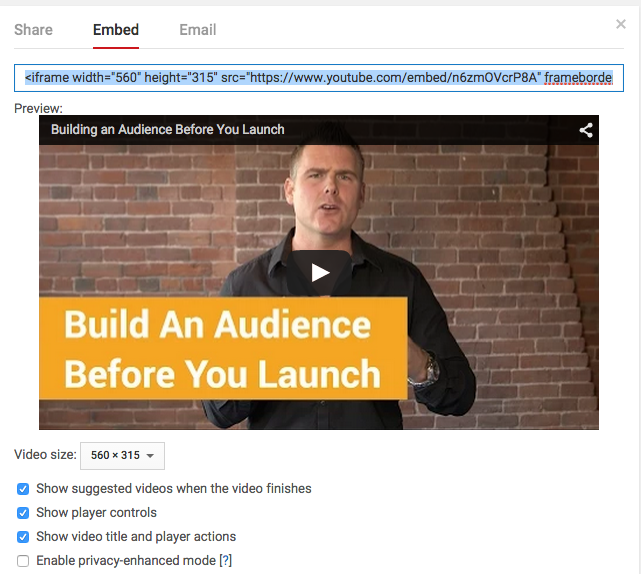
I would argue that Instagram grew by making it ridiculously easy for you to post your photo (with a filter of course) to your favourite social networks (Twitter, Facebook, Tumblr, etc) all in one click!
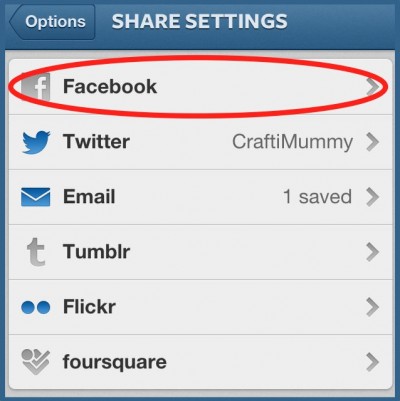
As an example, About.me built a flow that made it super simple for someone to add their About.me URL to their email signature.
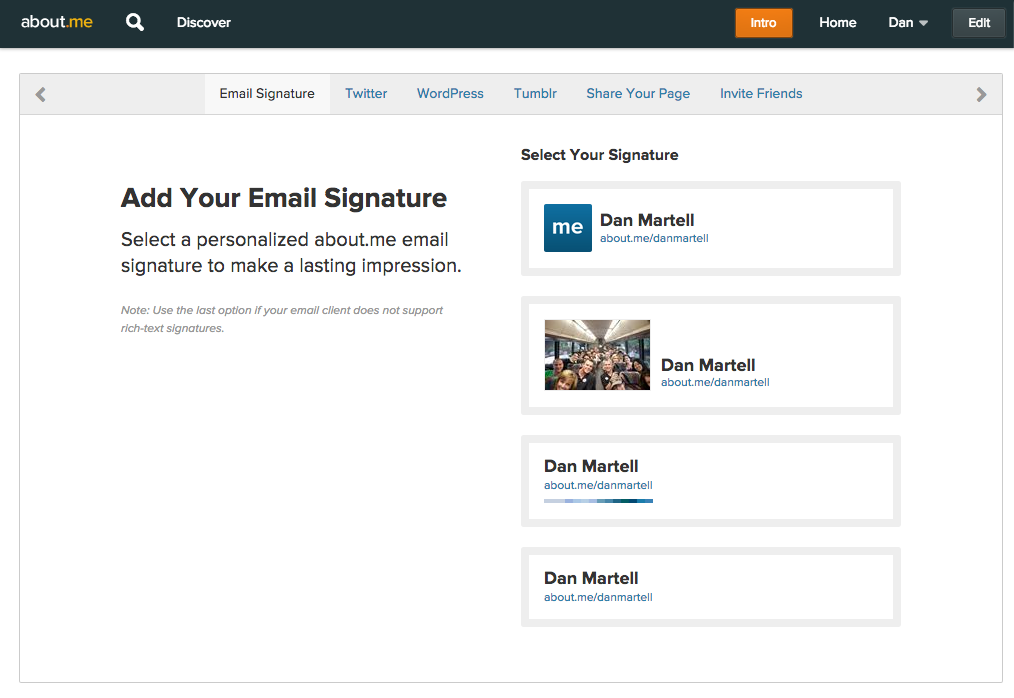
Again, I’m a visual thinker so using this type of descriptor helps me think through the right networks I can leverage to get my users to share our product.
2) Shareable Moments
“Shareable moments” are similar to OPN’s but different in their mechanics. The thinking here is that there’s some kind of data you can create that would be ideal for a user to share with someone else.
One example I love is how when you’re creating a profile on AngelList, they ask for you to add references – all you do is provide a Name and Email, and AngelList sends that person an email asking them to write a reference.
After they’re done, it asks them to create an account and walks them through their on boarding flow perpetuating the growth.
This strategy is why companies like FreshBooks and Basecamp grow so fast. They have an inherent Shareable Moment created by using the product for it’s core value that they share with others to receive it (Invoicing and Collaborative Projects).
If you’re a B2B company, ask yourself if there’s a report you can give a user and then prompt them for a colleagues email to share it directly with them.
Using this lens for thinking through the right hooks to get your user to share your product with someone else can have a dramatic impact on growth AND retention of your product.
Stack: Right Time, Right Action
Once you’ve completed your audit of sources of traffic and sorted them into the various buckets of improvements – then you can start gathering the data and estimates you’ll need to stack them in the right order.
The easiest way to do this is to list all your growth projects into a spreadsheet then add the following columns:
- Traffic (Impressions): How much traffic would this feature or flow get? Get the #’s
- % Conversion: How does, or do you expect, this feature to convert?
- Effort: How much time would this take to implement?
I would then sort by the opportunities that have the most traffic, biggest opportunity to convert and least amount of effort to implement.
Now, as you can probably imagine, there’s definitely other criteria you could use to sort the priorities (i.e. Engagement rate by traffic source), but these are the fundamental ones.
What’s great is once you have this, you can start to see a clear path to repeatable (and scaleable) growth.
As Andy taught me a few years ago, it’s not about one silver bullet – it’s about constantly challenging our assumptions for traffic, opportunities for conversions and prioritizing to have the biggest net impact on growth.
Exclusive Bonus: Download a free bonus video where I share 3 key types of content you should use to grow your business.
If your head feels like it’s going to explode – I’m sorry. This was a big topic to cover but I would love to hear from you in the comments below. Let me know what the biggest takeaway was for you. What are you going to implement to get growing? Leave a comment below.
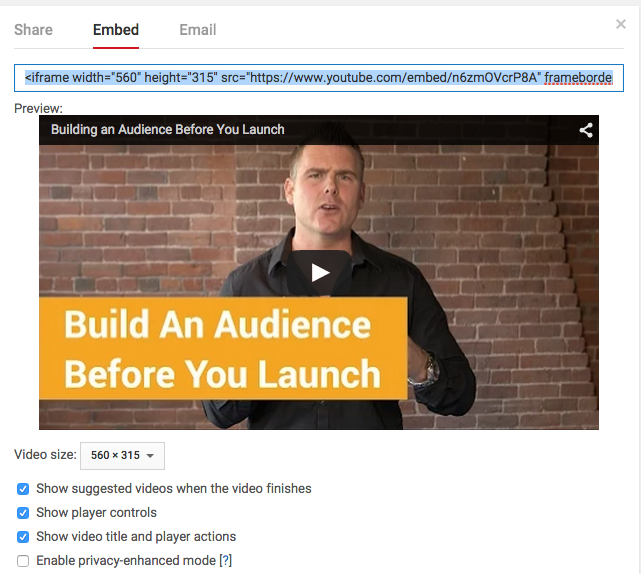
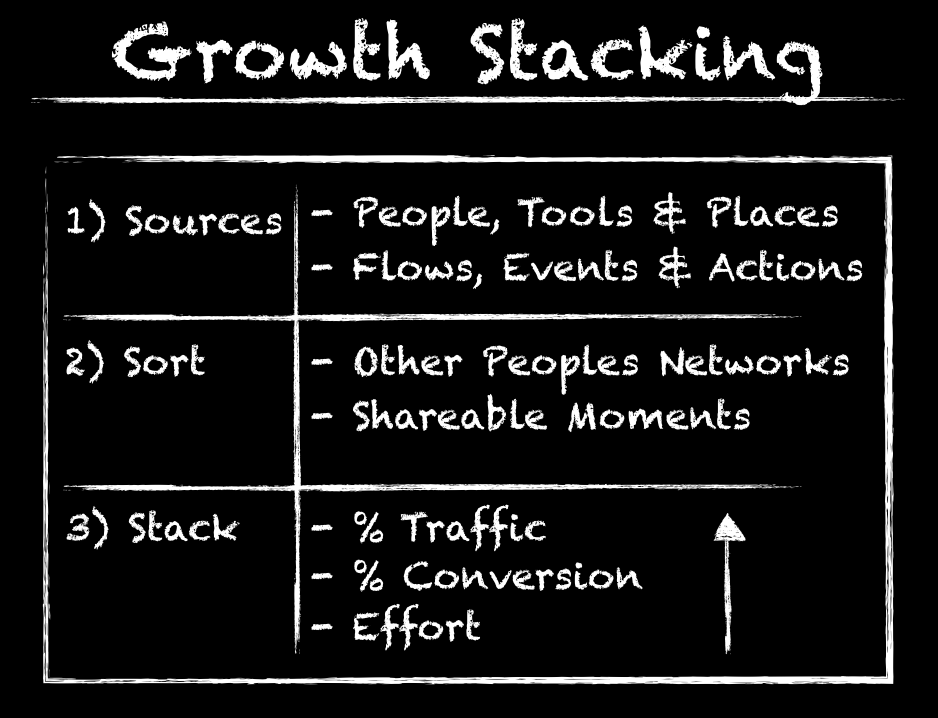


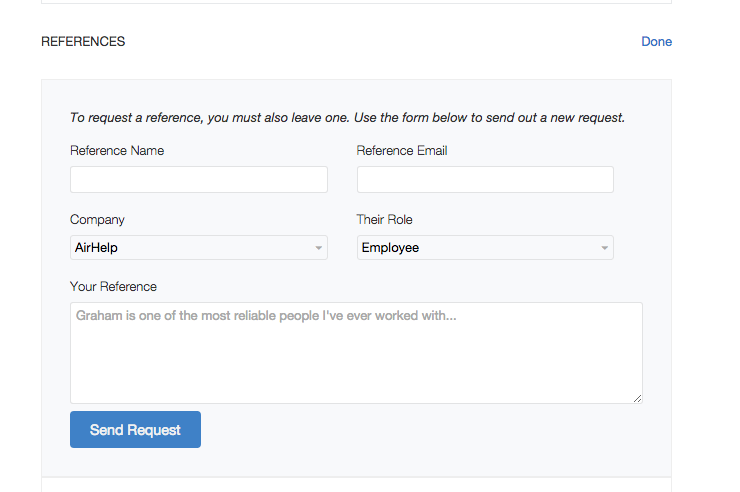

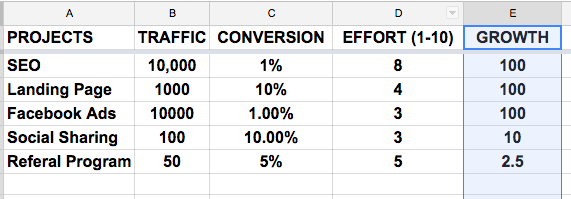



Comments (0)
Leave a comment